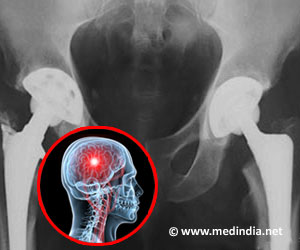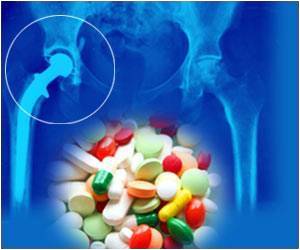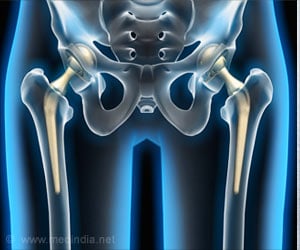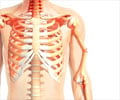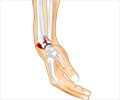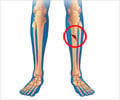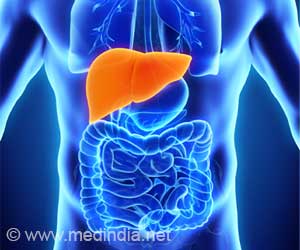When a cementless implant is used to treat a femoral neck fracture, the risk of fracture after total hip replacement increases.
- Femoral neck fractures are a major source of illness and mortality in the elderly
- Cemented femoral fixation reduces the likelihood of overall revision surgery, and specific revision for periprosthetic fracture
- All of the fractures that required revision surgery were in cementless cases, implying that cemented stems, independent of patient gender or Dorr categorization, may reduce this consequence
Treatment of Femoral Neck Fractures
“Femoral neck fractures are very common in the elderly and are a major cause of morbidity and mortality in this population,” explained Alexander McLawhorn, M.D., a hip and knee orthopedic surgeon at HSS and study author. “Several national registry studies have demonstrated a lower risk of overall revision surgery, and specific revision for periprosthetic fracture, with cemented femoral fixation. Despite this overwhelming data, many patients in the United States receive cementless fixation, including patients who have sustained femoral neck fractures.”Cemented vs Cementless Total Hip Replacement for Femoral Neck Fractures
“To our knowledge, this was the first non-registry study comparing outcomes of cemented versus cementless total hip replacement for acute femoral neck fractures examining the influence of various patient factors, including bone quality,” explained Michael Kheir, M.D., who presented the study at the AAOS meeting and played a leading role in the research during his fellowship at HSS. “The primary purpose was to compare complication rates between both groups, including periprosthetic fractures, aseptic revision, dislocation and mortality rates.” Dr. Kheir is currently an orthopedic surgeon specializing in hip and knee replacement at the University of Michigan.The average age of research participants was 71 years, and 66.9% were female. Dorr-type bone was found in 21.1% of cases, 66.3% of cases, and 12.6% of cases. Individuals who had cemented implants were older, had a lower BMI, were more typically women and were more likely to have osteoporosis and the Type C bone type.
Cementless implant stems exhibited a greater rate of all-cause aseptic femoral revision (5.1 against 0.5%,) as well as a higher rate of periprosthetic femoral fracture (4.3 versus 0%). Bone categorization was important: with cementless implants, each subsequent Dorr grade had a greater fracture rate (Dorr A = 2.3%, Dorr B = 3.7%, Dorr C = 15.9%). There was no difference between groups in terms of dislocation, revision owing to infection, or mortality rate. The survey discovered an equal distribution of male and female fracture victims.
“While femoral fractures occurred in patients with all types of bone quality, Dorr C bone was particularly prone, with an alarmingly high fracture rate when using cementless stems,” Dr. Kheir noted. “All of the fractures requiring a revision surgery occurred in cementless cases, suggesting that cemented stems may minimize this complication, regardless of patient sex or Dorr classification.”
Source-Medindia



